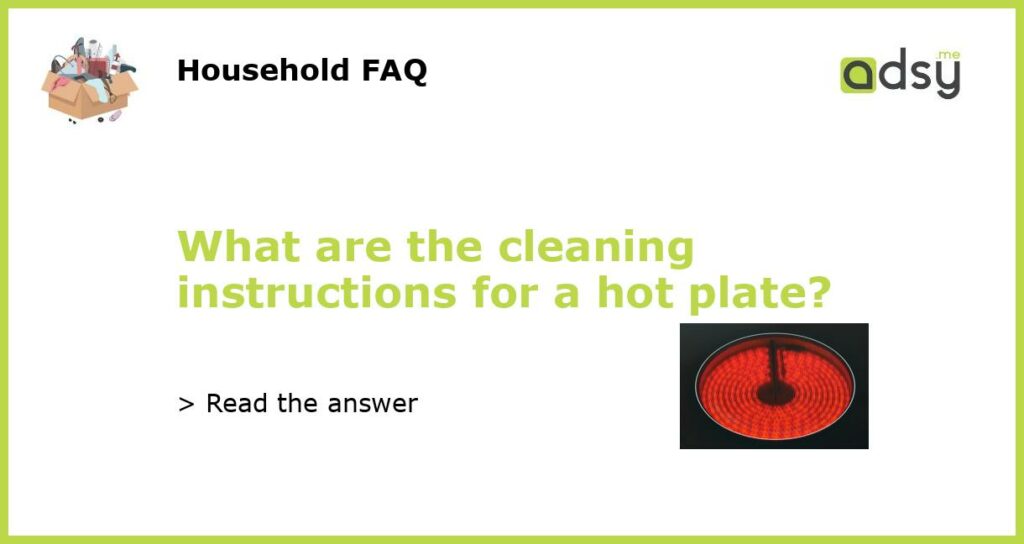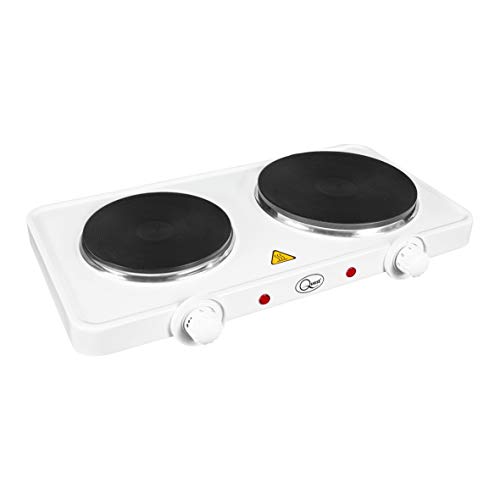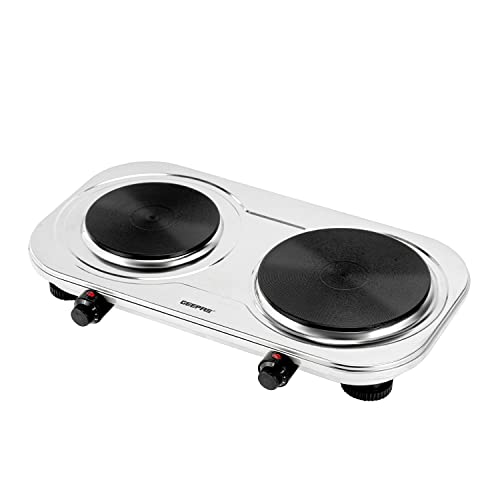Understanding Hot Plates
A hot plate is an essential tool in any laboratory or home kitchen that requires heating applications. It is essential to understand the various types of hot plates to know how to clean them properly and maintain them in good working condition. Essentially, hot plates are available in ceramic, electric, and gas models, and each requires a different cleaning process.
Cleaning Ceramic Hot Plates
Ceramic hot plates are friction-free and can heat up faster than other hot plates. These hot plates are easy to clean, but you’ll need to be careful not to damage the ceramic coating. To clean the ceramic hotplate, use a damp cloth and mild detergent to remove any grease, spillage, or debris from the surface. Wipe the surface dry, and then sanitize it with a disinfectant.
Cleaning Electric Hot Plates
Electric hot plates are easy to operate and come in either coil or smooth tops. For the coil electric hot plates, the first step in cleaning them involves switching them off, letting them cool, and then removing each coil and cleaning them individually. Scrub them gently with a scrub brush, using warm soapy water to remove any grease or spillage that has built upon them.
Cleaning Gas Hot Plates
Cleaning gas hot plates involves removing any debris or spills and then wiping the surface clean. If the gas hotplate is extremely dirty, you can soak the removable metal grates in warm water and scrub them with a wire brush until the debris comes off.
Maintaining Hot Plates
To maintain the hot plates, avoid using abrasive materials, solvents, or caustic liquids to clean them as they can damage the surface. Regular cleaning will help prolong the life of your hot plates. However, if you note any malfunctioning or maintenance issues, it is vital to consult a specialist or a certified professional for repairs. Failure to do so can cause significant damage to the hot plate or result in potential hazards.






